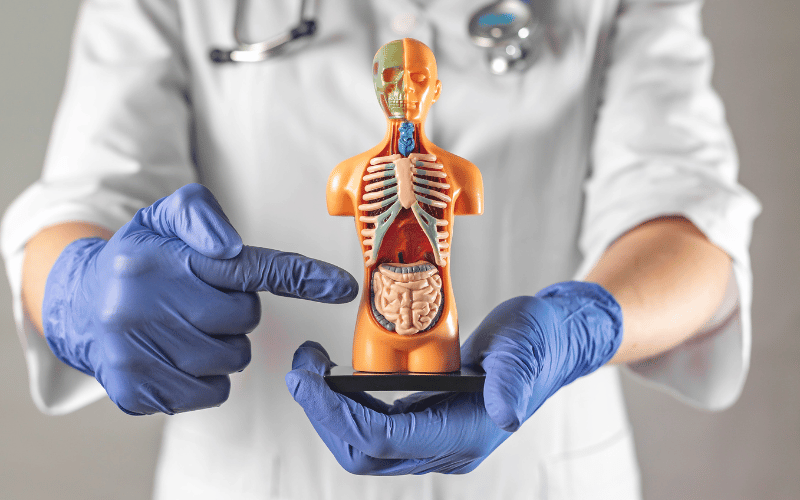Introduction: Understanding the Complexity Behind Bowel Obstructions
Every day, our digestive system carries out a complicated dance, processing the food we eat and extracting the nutrients our bodies need to thrive. But like any intricate system, things can go awry. One of the most distressing disruptions is a bowel obstruction – a blockage in the intestines that prevents contents from passing through normally.

Now, it might sound like a simple clog in a pipe, but in reality, bowel obstructions can have myriad causes. It’s crucial not just for medical professionals but also for the general public to understand these causes. The more informed we are, the better decisions we can make about our health and the quicker we can spot potential warning signs.
So, why does this matter? Bowel obstructions can lead to severe complications if not treated promptly. Being knowledgeable about what causes these blockages can help in early detection and timely intervention. Moreover, some of these causes are preventable, and knowing them can be the first step in ensuring our digestive system functions smoothly.
The upcoming sections delve deep into the top ten causes of bowel obstruction. From common culprits like adhesions and hernias to less discussed causes like tuberculosis, we’ll uncover the mechanisms and risk factors for each. By the end of this exploration, you’ll have a clearer understanding of what can stop the complex machinery of our intestines in its tracks and what we can do to steer clear of these hurdles.
1. Adhesions: The Sticky Obstacle in Our Gut

Adhesions can best be visualized as scar tissues forming bands inside the body, especially within the abdomen. These bands can link tissues and organs that aren’t usually connected. When you think of scar tissue, you might imagine the aftermath of an external wound. But these internal scars can be just as challenging. They primarily arise following abdominal or pelvic surgery. However, infections or internal injuries can also be culprits.
Interestingly, not everyone who has adhesions will experience symptoms. But when they do become symptomatic, they can lead to a host of problems. One of these challenges is bowel obstruction. Imagine a freeway, smooth and free-flowing. Now imagine if someone suddenly erected a wall or barrier. That’s what adhesions can do, they become these unexpected barriers in our internal freeway, causing backups and blockages.
But how do these barriers come about? When the body heals after surgery or injury, it naturally forms scar tissue. This tissue, in its bid to heal, can sometimes go overboard, creating bands or sheets that stretch across organs or spaces in the abdomen. When these adhesions are in the path of the intestines, they can block or disrupt the flow of digested food and fluids.
For those imagining adhesions as permanent fixtures, there’s some news. Over time, some adhesions can dissolve on their own. The body is pretty incredible at self-regulating. Yet, others might persist and become problematic. In such cases, further intervention might be required, but that’s a topic for another day. (1)